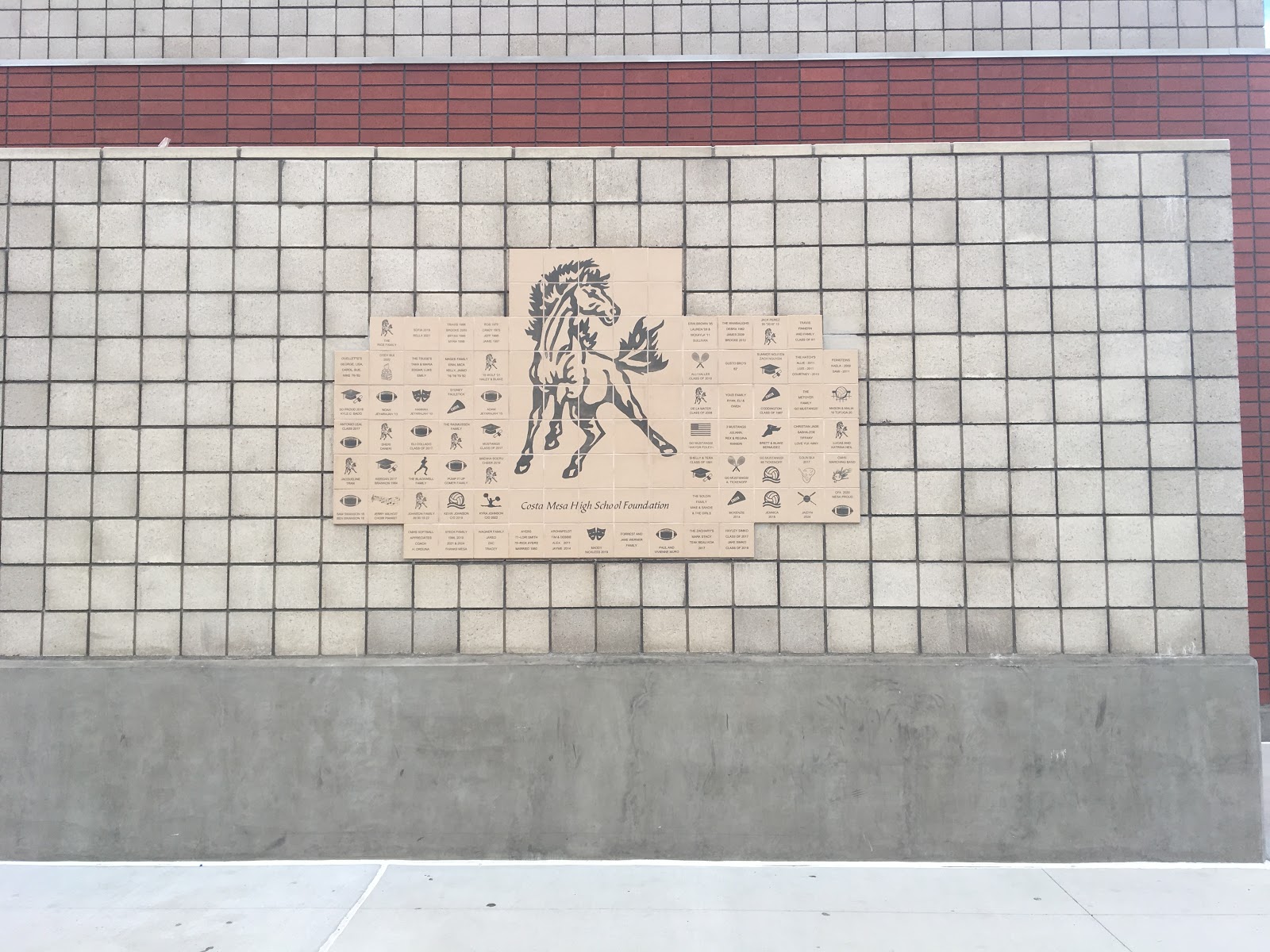Have you ever been in a situation where something bad is happening to someone else, yet no one tries to stop it?
Why does this happen?
Although people witness such a thing, no one goes in to help out. This phenomenon is called the Bystander Effect.
The Bystander Effect is our tendency to be less likely to help someone in need when we are in a group. This happens because the more people there are, the less responsibility we feel we need to take for the situation. We look at other people in the group, thinking they’ll help, but no one actually does.
This phenomenon is common in our lives and can be seen anywhere, especially schools and public places.
When a fight takes place in a school, students are more likely to take out their phones and film the occurrence rather than actually do something about it. They may do this to avoid being physically attacked by intervening.
Of course, in some situations like these, someone may actually help. There is a factor that may push a bystander to act in these situations.
This factor involves there being actual danger present for both the victim and the bystander themselves. If a bystander feels like they are also in danger, they’re more likely to move their attention to the situation.
If you’re alone and see someone else in serious danger, a situation in which you may also be in danger, you might run from the situation to protect yourself. However, if you’re in the same situation but with a group of bystanders, you may be more confident in your ability to help by working together.
So, how can we avoid the Bystander Effect?
There are many ways to help in emergency situations, such as encouraging other bystanders to join in and help whoever is in need. The victim themselves may also call out to one specific bystander, putting responsibility on them, making them more likely to help.



